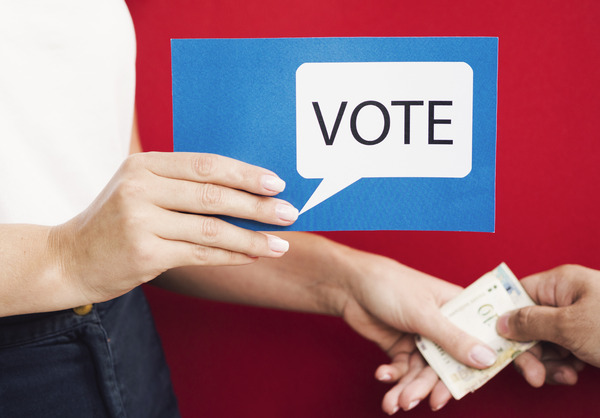Voting system in United Nations General Assembly
All UN Member States are represented in the General Assembly. Each Member State has one vote. Decisions on such key issues as international peace and security, admitting new members and the UN budget are decided by a two-thirds majority. Other matters are decided by simple majority. Many decisions are reached by consensus without a formal vote.
The General Assembly of the United Nations is the main deliberative body of the organization, and it follows a specific procedure for voting. The procedure is outlined in the UN Charter and the rules of procedure adopted by the General Assembly itself. Here is an overview of the Voting system in United Nations General Assembly
1. Majority Requirement:
The General Assembly usually makes decisions by a simple majority, meaning that more “yes” votes are required than “no” votes for a resolution to be adopted. However, some important decisions, such as those on certain budgetary matters or the admission of new member states, require a two-thirds majority.
2. One Vote per Member:
Each member state of the United Nations has one vote. This principle of sovereign equality ensures that each country, regardless of its size or population, has an equal say in the decision-making process.
3. Plenary Sessions:
The General Assembly meets in plenary sessions, where all member states have the opportunity to participate in the discussions and voting. During these sessions, resolutions or decisions are presented for consideration.
4. Sponsorship and Co-sponsorship:
Member states can sponsor resolutions or become co-sponsors of resolutions initiated by other states. Sponsors are responsible for presenting and advocating for their resolutions.
5. Committee Consideration:
Before a resolution reaches the plenary session, it is typically considered and debated in one of the General Assembly’s six main committees (Disarmament and International Security, Economic and Financial, Social, Humanitarian and Cultural, Special Political and Decolonization, Administrative and Budgetary, Legal). These committees review, amend, and make recommendations on resolutions.
6. Voting Process:
When a resolution is ready for voting in the plenary session, the President of the General Assembly will ask for member states to indicate their position by voting. The voting process is usually conducted orally, with each member state stating its position as “yes,” “no,” or “abstention.” Alternatively, a written ballot can be requested if a member state so desires.
7. Adoption of Resolutions:
Once the voting is complete, the resolution is adopted if it meets the required majority threshold. The results of the voting are recorded in the official records of the General Assembly.
It’s important to note that the voting system in the General Assembly aims to ensure broad consensus and respect for the principles of multilateralism. While the decisions made by the General Assembly are non-binding, they carry significant political weight and serve as expressions of the will of the international community.
Books Recommended: Check it Out
1. Textbook on Public International Law, Dr. Rakesh.Kr. Singh , Universal Publications
2. Law of Extradition In India by V K Bansal , Buttersworth Publications.
3. Modern Introduction to International Law (edited by Peter Malanczuk) ,Routledge Publications , 1997.
4. Theory of International Law by Robert Kolb , Hart Publications , 2016 .
7. Collective Security under International Law by Hans Kelsen , Law Books Exchange Ltd, 1957.
8. Public International Law by Malcolm Shaw 8th Edition , Cambridge Publications.
10. Cases and Materials on Public International Law by D J Harris , Sweet Maxwell Publications.

I don’t think the title of your article matches the content lol. Just kidding, mainly because I had some doubts after reading the article.
Your article helped me a lot, is there any more related content? Thanks! https://accounts.binance.com/ar/register-person?ref=V2H9AFPY
Can you be more specific about the content of your article? After reading it, I still have some doubts. Hope you can help me.
I don’t think the title of your article matches the content lol. Just kidding, mainly because I had some doubts after reading the article.
I don’t think the title of your article matches the content lol. Just kidding, mainly because I had some doubts after reading the article.
Your point of view caught my eye and was very interesting. Thanks. I have a question for you. https://www.binance.com/zh-CN/join?ref=P9L9FQKY
Your point of view caught my eye and was very interesting. Thanks. I have a question for you.